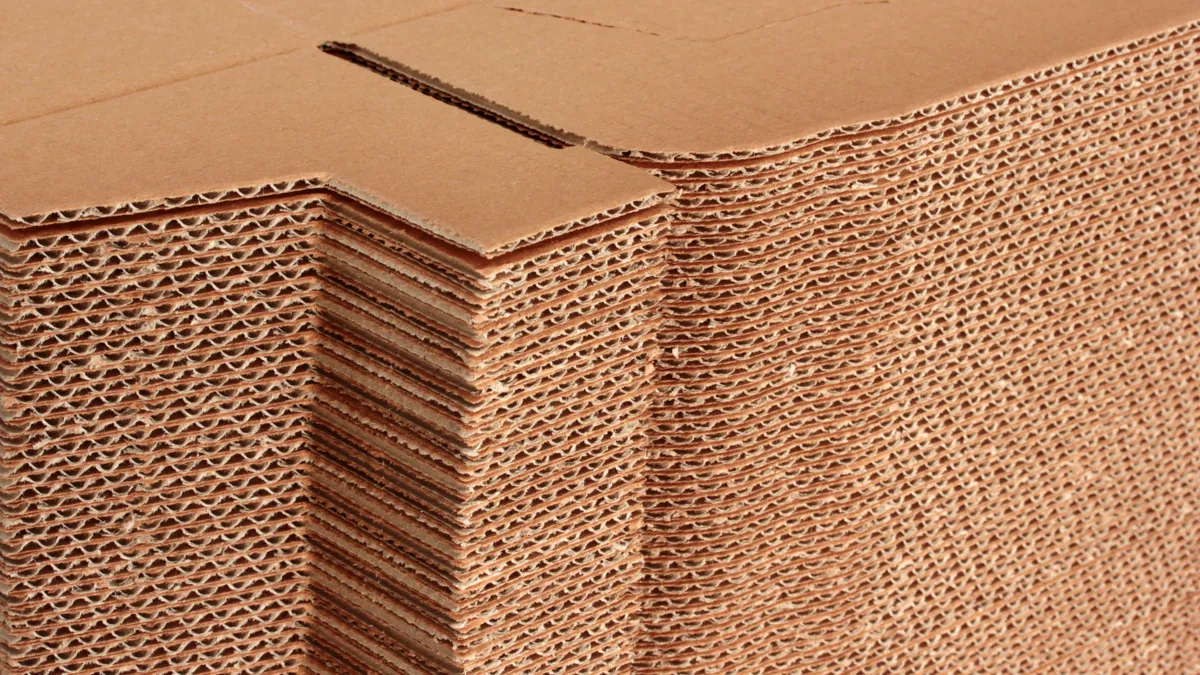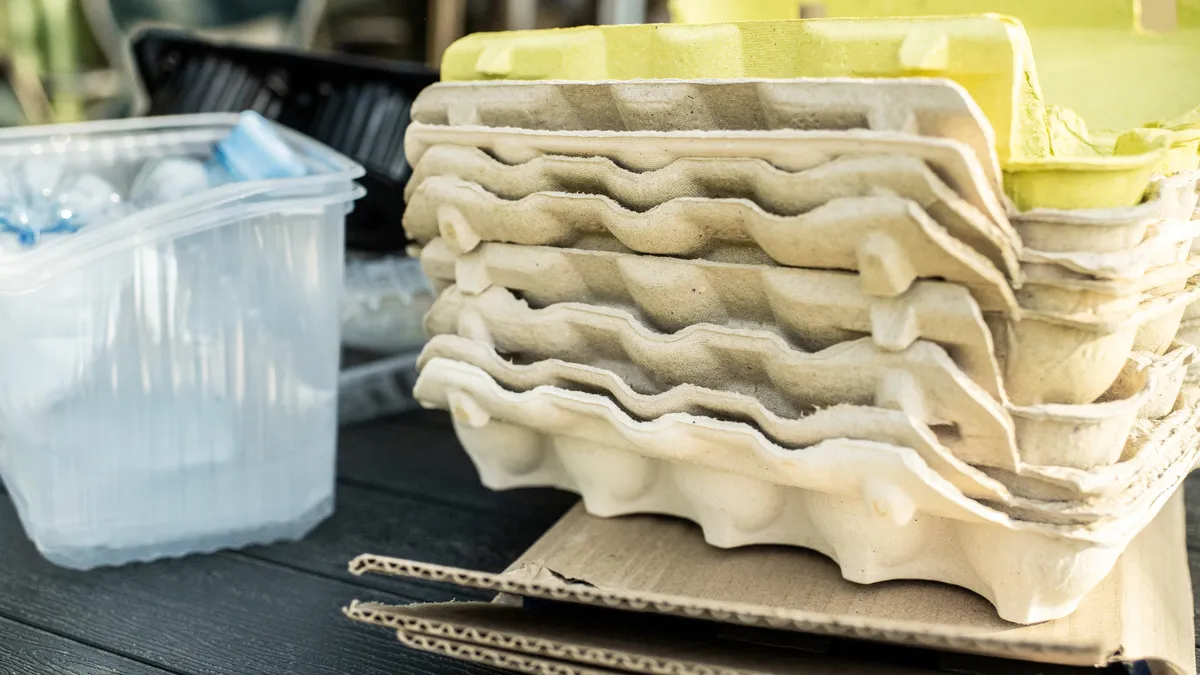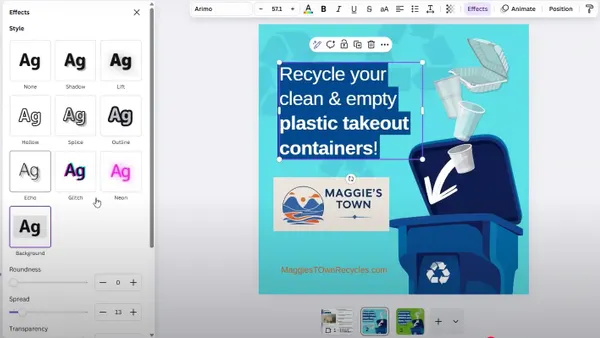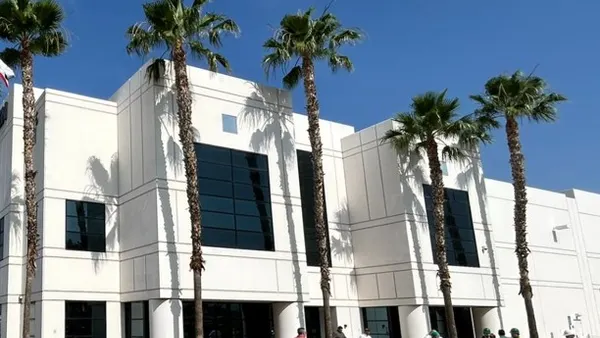Signs of light seem to be starting to peek through clouds hanging over the North American containerboard market, according to analysts.
Containerboard pricing and demand were largely unchanged in June compared with May, Fastmarkets RISI reported Friday in its monthly data release in Pulp & Paper Week. Reported demand for boxes was mixed to slightly better. Some of RISI's contacts noted difficulty in predicting future demand due to heightened uncertainty in the market.
But containerboard prices might drop after June, according to BofA Securities analysts. The latest edition of their partial box survey, released June 17, shows that the 18 independent corrugator respondents believe there is a “deterioration in corrugated markets.” About 61% now anticipate containerboard prices will dip soon rather than increase, up substantially from 11% in March. And 67% said box prices are more likely to decrease than increase.
“It's curious to us that the survey is weaker than our recent [industry] roundtable comments, though there were a couple positives in the data, too,” said George Staphos, BofA securities research analyst, in the memo. “Our experience suggests it takes a few months of weakening before reported benchmark prices drop," and it's possible that respondents haven't yet felt the impact of recent mill closures.
Already in 2025, producers including Georgia-Pacific, International Paper and Smurfit Westrock have announced containerboard mill closures equating to the loss of about 5.5% of North American capacity, said Michael Roxland, Truist Securities senior paper and packaging analyst, in a June 22 note to investors. And RISI's sources referenced the potential for more mill closures in the coming months.
Those closures are contributing to what might be the beginning of a period of positive transformation for the containerboard industry, according to analysts.
"[W]e believe that the North American containerboard market has reached the dawn of a golden age" that's expected to last at least for the next few years, said Roxland in a June 17 memo. This will be driven by balanced supply and demand, “largely due to supply rationalization designed to remove costs and drive greater throughput and efficiency,” he said. That balance is a contrast to the ongoing oversupply that analysts have cited for a couple years, essentially since the COVID-19 pandemic boost halted.
In addition, new leadership at International Paper and Smurfit Westrock have reworked company strategies to focus on costs, profitability and margins "that hitherto were not as prioritized as they should have been," Roxland said. "In turn, we believe this could drive a structural shift in the industry leading to sustainably higher pricing and greater profitability."
Overall, current changes in the containerboard sector suggest this is "becoming an investable sector through the cycle," Roxland said.
Although BofA's survey indicates weaker growth expectations for the next two quarters, projecting a 1% decline as opposed to March's projection of a 0.5% increase, respondents' demand expectations are less bleak than they were for BofA's full box survey in March.
At that time, nearly half of respondents said current demand was worse than three months prior, an increase from 8% in January and zero in November 2024. Now, only 28% say demand is worse than three months ago. The proportion of respondents who say demand is better only ticked up by 3%, to 22%, though. Much of the quarterly change lies in those who believe demand stayed the same, which stands at 50% in June, up from 33% in March.
Sentiment about future demand for the next six to 12 months is a more positive picture. Only 12% view it as worse, compared with 30% in March and none in January. More than half of respondents now believe future demand will remain the same.
Tariffs and other evolving geopolitical factors could impact these fiber markets in the coming months. But as of the June BofA survey, 72% of respondents said they are not seeing inventory buildups related to tariffs or other supply chain factors.











